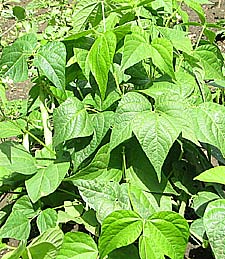Mulching - Benefits of using a mulch on your garden.
WHAT IS A MULCH?
Mulching means covering the soil with a layer of manure, or other material chiefly for the purpose of keeping the soil moist in summer.
If manure is used as a mulch it also serves to enrich the ground.
Leafmould, partly decayed leaves, compost, straw, lawn mowings, chopped turf and coconut fibre are all excellent materials for mulching. Even stones serve well, especially on shallow soils overlying chalk.
MULCHING IN HOT DRY WEATHER
In prolonged hot, dry weather the soil cannot be kept moist for very long by watering as the moisture evaporates so quickly. If however, following thorough watering the soil is mulched with one of the materials mentioned above, it will remain moist for some considerable time, for the mulch reduces the amount evaporation.
MULCHING TREES AND SHRUBS
The practice of mulching is of great importance in the management of newly planted trees and shrubs, and particularly those planted in spring.
The mulch should be spread on the soil to a depth of around 2—3 inches as far as the roots extend.
Rhododendron, Azalea and Kalmia are shrubs wldch benefit by a mulch of leafmoukt or peat on the soil over the roots; this shoukl be pot on in May or early June.
MULCHING AROUND FRUIT AND VEGETABLES
 Mulching
alongside the rows of Peas and
Beans during early summer is of great ralr if hot, dry weather sets
in, for these crops an not a success unless kept moist at the roots.
Mulching
alongside the rows of Peas and
Beans during early summer is of great ralr if hot, dry weather sets
in, for these crops an not a success unless kept moist at the roots.
It is usual to mulch Strawberry plants in May with straw or strawy litter, which serves the double purpose of keeping the fruits clean and the soil moist in hot weather.
MULCHING FLOWERS
Many flowering plants benefit from having a mulch applied during the summer and autumn months.
Lily of the Valley plants should be mulched with a mixture of leafmould and decayed manure in October. Violets benefit by similar treatment in summer.
GARDENING ARTICLES ON GARDEN GROWER
What is a Mulch? When and how to use mulches on your garden to improve growth of shrubs, fruit and vegetables